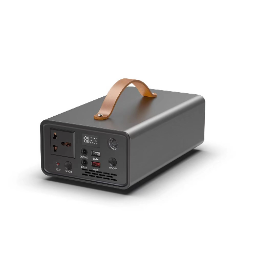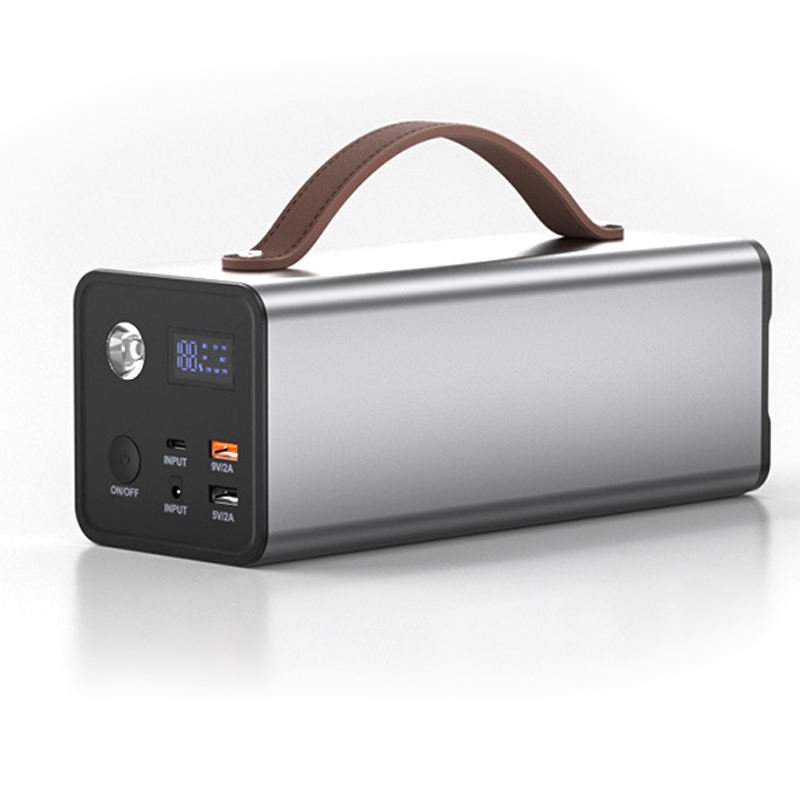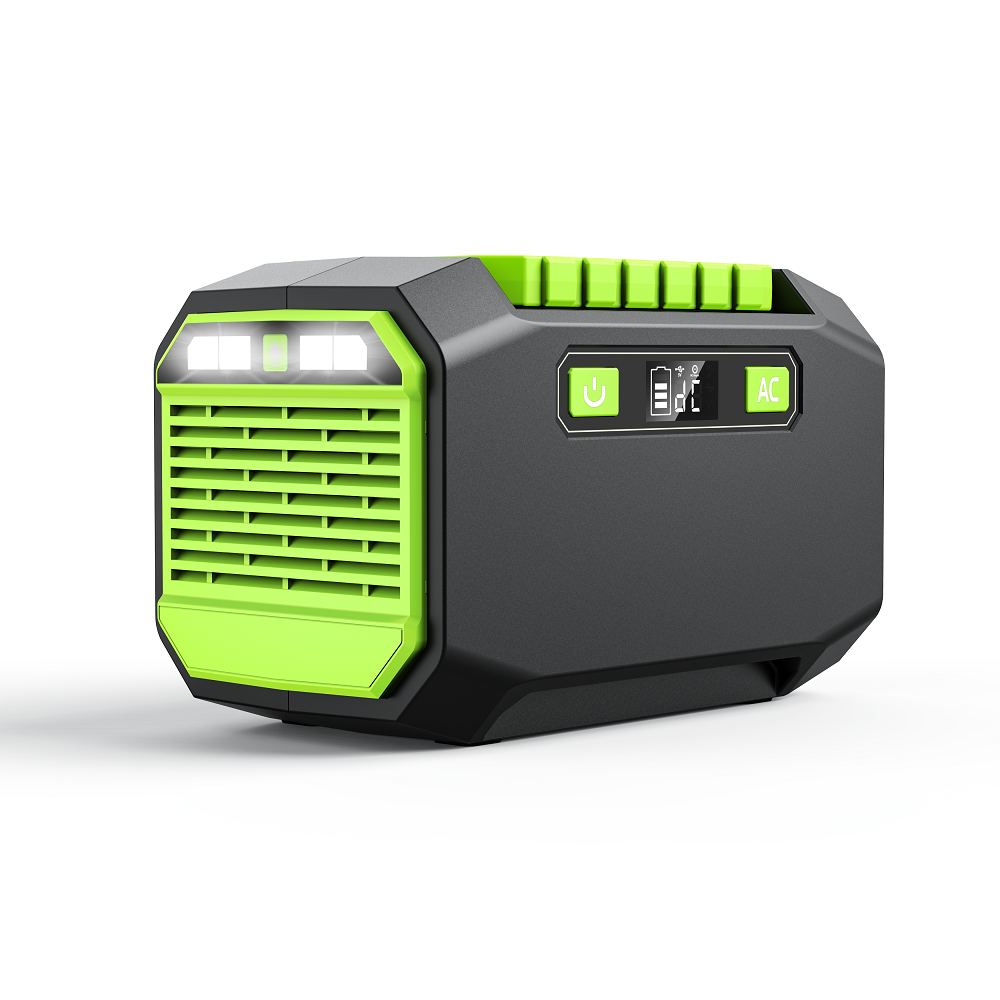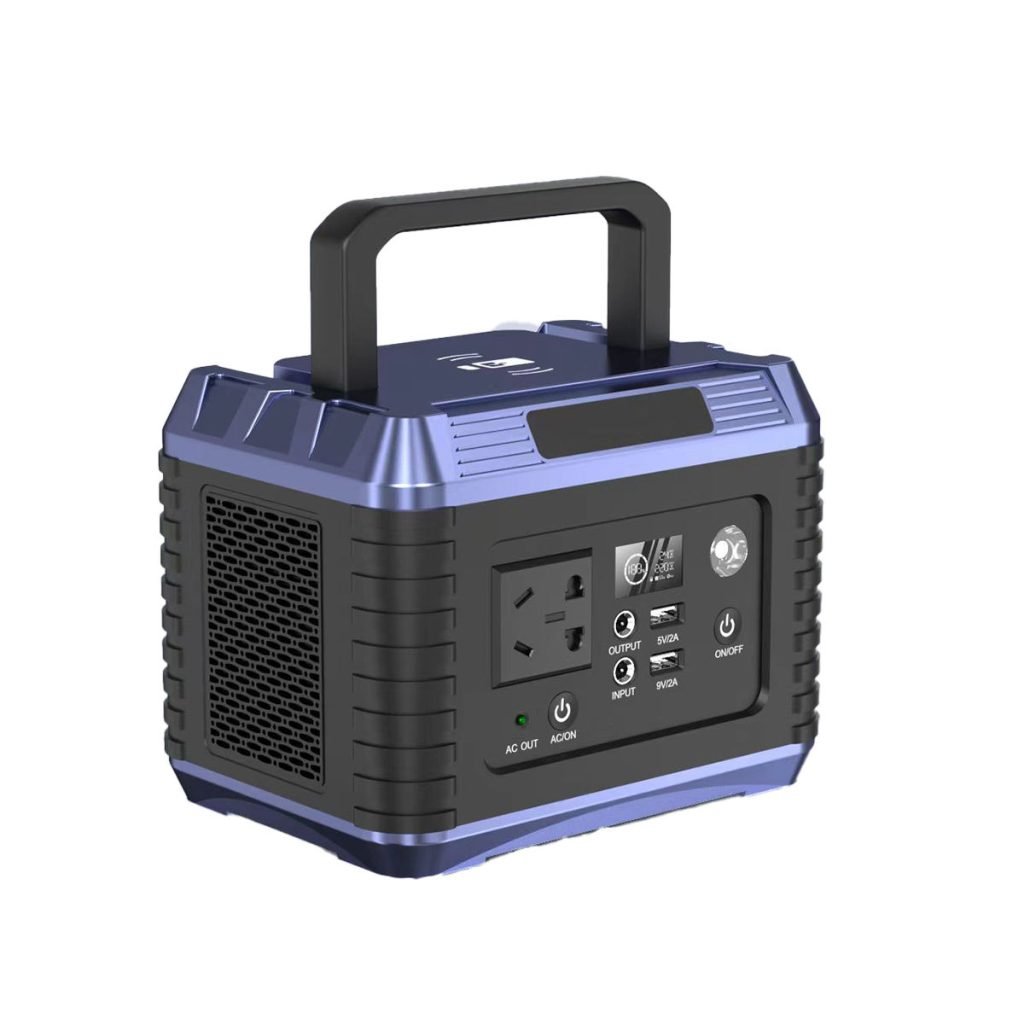Portable power stations are versatile, battery-powered devices that provide electricity on the go. Unlike traditional fuel-powered generators, they are quiet, compact, and environmentally friendly, making them ideal for various situations where access to power is limited. Whether camping in the wilderness, preparing for emergencies, or living off-grid, portable power stations can keep your essential devices running smoothly.
These power stations can charge smartphones, laptops, and small appliances or power larger devices like mini-fridges, medical equipment, and electric tools. Their portability and wide range of uses make them invaluable for outdoor enthusiasts, travelers, and those seeking backup energy solutions during unexpected power outages.
This blog aims to help you navigate the critical factors in choosing the right portable power station for your needs. By understanding power capacity, features, and the types of devices these stations can support, you’ll be better equipped to make an informed decision that matches your lifestyle and energy requirements.
Assess Your Power Needs
Identify the Devices You Want to Power:
When choosing a portable power station, you must identify which devices you’ll power. Different devices have different power requirements, and knowing what you need helps you select a power station with the appropriate capacity and output. Here’s a quick breakdown:
Small Electronics vs. Larger Appliances
| Category | Devices | Power Requirements | Recommended Power Station Capacity |
|---|---|---|---|
| Small Electronics | Smartphones, tablets, laptops, cameras, drones, GPS devices | Low power consumption (typically under 100W) | Lower-capacity power stations (100Wh to 300Wh) |
| Larger Appliances | Mini-fridges, CPAP machines, portable heaters, microwaves | High power consumption (often 300W+) | Higher-capacity power stations (500Wh to 1000Wh+) |
For example, if you plan to take a power station on a camping trip, you might only need to charge small electronics like your phone or laptop. However, you may need to power larger appliances such as refrigerators or medical devices for emergency backup at home.
Calculate Power Requirements:
To determine which power station fits your needs, you’ll need to understand two critical measurements:
- Wattage (W): The power a device requires to run.
- Watt-hours (Wh): The total energy the power station can store and deliver over time.
Example of Calculating Power Usage:
Suppose you want to power a 60W laptop using a portable power station with a 300Wh battery capacity. Here’s how you calculate the expected runtime:
- Power Consumption: 60W (laptop)
- Battery Capacity: 300Wh (power station)
To find the usage time:
- Divide the power station’s capacity by the power consumption of the device:

This means the power station can run your laptop for approximately 5 hours before it needs recharging.
This method works for any device, whether a smartphone, a fan, or a mini-fridge. Calculating the power requirements ensures your portable power station will provide sufficient energy for all your devices.
Key Factors to Consider When Choosing a Portable Power Station
| Factor | Explanation | Considerations |
|---|---|---|
| Battery Capacity | Measured in watt-hours (Wh) determines how long the power station can run your devices. | Match the capacity with your power needs. For short camping trips, 200-300Wh may suffice, while home backup requires 500Wh or more. |
| Power Output (Wattage) | Power stations have continuous and peak wattage ratings, indicating how much power they can provide. | A higher wattage (500W+) is needed for larger appliances to ensure smooth operation, especially when dealing with surges. |
| Recharge Options | Different methods to recharge your power station, including solar panels, wall outlets, and car chargers. | Solar panels are great for off-grid use, while wall/car charging is faster but dependent on available outlets. |
| Portability and Weight | Power stations vary in weight and size depending on capacity. | For hiking/camping, choose a lightweight model (under 10 lbs). Heavier models with more capacity (20-30 lbs) are ideal for home or RV use. |
| Number and Type of Output Ports | Power stations, including USB, AC, DC, and car charger outlets, come with various ports to charge multiple devices. | Ensure the power station has enough ports to support all your devices and check for compatibility with high-powered devices. |
Solar Compatibility
Importance of Solar Charging:
Solar charging is crucial for portable power stations, especially for those living off-grid or preparing for emergencies. It allows you to harness the sun’s energy, making your power source renewable and cost-effective. Unlike traditional power sources, solar charging offers independence from the grid and can provide continuous power during outages, natural disasters, or when you’re in remote areas without access to electricity. It’s an environmentally friendly solution, reducing reliance on fossil fuels and decreasing your carbon footprint.
Advantages for Off-Grid Living and Emergencies:
- Energy Independence: Solar charging allows you to generate power, reducing reliance on external electricity sources.
- Renewable and Cost-Efficient: Sunlight is free, meaning your energy costs can significantly drop once you invest in solar panels and a compatible station.
- Sustainable Backup Power: Solar power is reliable for emergencies. Unlike fuel-based generators that need refueling, solar panels can continue providing energy as long as the sun shines.
Checking Solar Input and Panel Requirements
| Consideration | Description |
|---|---|
| Wattage Compatibility | Ensure your solar panel’s output (measured in watts) matches the power station’s solar input range. Mismatched wattage can lead to undercharging or overloading the station. |
| Voltage and Amperage | Verify that the voltage and amperage of the solar panel align with the power station’s requirements. Incorrect values may hinder charging efficiency and could damage the unit. |
| Solar Panel Size | Consider larger panels or connect multiple smaller panels in a series to boost charging speed and capacity for extended off-grid use or high-power demands. |
| Port Type | Check for compatible connectors between the solar panels and power stations, such as MC4 or Anderson. Use adapters if necessary to ensure a proper connection and efficient charging. |
Popular Brands and Models
Overview of Leading Brands:
Several brands stand out in the portable power station market, each offering unique strengths tailored to different needs. Some of the most recognized names include:
- Jackery: Known for their user-friendly, lightweight, and portable power stations, often favored by campers and outdoor enthusiasts.
- Goal Zero: A popular choice for eco-conscious users, offering reliable solar-compatible power solutions for off-grid living and emergencies.
- EcoFlow: Offers high-capacity, fast-charging power stations with versatile input options and advanced technology, ideal for users needing quick, robust energy solutions.
- Bluetti: Known for robust, high-capacity models, Bluetti stations are great for users looking for a reliable power source for larger devices or longer off-grid periods.
Comparison of Key Features:
| Brand | Popular Model | Strengths |
|---|---|---|
| Jackery | Jackery Explorer 1000 | Lightweight, portable, and easy to use. It is ideal for camping and small device charging. |
| Goal Zero | Goal Zero Yeti 1500X | High-capacity, solar-compatible, perfect for off-grid living or emergency backup power. |
| EcoFlow | EcoFlow Delta Pro | Fast charging, high capacity, and multiple input/output options. Ideal for larger devices. |
| Bluetti | Bluetti AC200P | Robust and durable, with a large battery capacity, perfect for long-term off-grid power needs. |
Budget Considerations
Price Range for Portable Power Stations:
Portable power stations come in a wide price range depending on their capacity, features, and brand reputation. Here’s a general breakdown:
| Price Range | Description | Examples |
|---|---|---|
| Entry-Level (Under $300) | Smaller capacity models are ideal for charging small devices like phones, tablets, and other electronics. They are lightweight and portable, suitable for short camping trips or emergencies. | Jackery Explorer 240, Goal Zero Yeti 200X |
| Mid-Range ($300 – $1000) | These stations offer a balance between capacity and portability. They can power larger devices such as laptops, mini-fridges, and medical equipment. Often feature solar compatibility and multiple input/output ports. | EcoFlow River Pro, Bluetti EB70S |
| High-Capacity Models (Over $1000) | Designed for high power demands, these stations can power appliances and tools or support off-grid living. They have larger battery capacities, fast charging options, and advanced features like app control and multiple charging inputs. | EcoFlow Delta Pro, Bluetti AC200P, Goal Zero Yeti 3000X |
Cost vs. Features:
When deciding which model fits within your budget, consider the following:
| Feature | Consideration |
|---|---|
| Capacity | Entry-level models are sufficient for light use (phone charging, small devices). If you need longer runtimes or to power more extensive devices, consider investing in mid- to high-range models for more energy storage. |
| Portability | Smaller, budget-friendly models are lighter and easier to carry. High-capacity models are heavier and bulkier, so consider how portable the station needs to be based on your usage. |
| Input/Output Options | Entry-level models often have fewer ports, while more expensive models typically offer multiple AC, USB, and DC ports. Consider how many devices you need to charge simultaneously. |
| Solar Compatibility | If solar charging is a priority, ensure the model supports it. Entry-level models may lack this feature, requiring a higher investment for solar-compatible units. |
| Fast Charging and Advanced Features | Higher-end models often have extras like app control, fast charging, and expandable battery capacity. Consider if these features are worth the investment for your specific needs. |
Warranties and Support
| Consideration | Description |
|---|---|
| Warranty Length | Typical warranty periods for portable power stations range from 1 to 2 years. Solar panels usually come with extended warranties, ranging from 5 to 25 years, depending on the manufacturer. |
| Extended Warranty Options | Extended warranties can add extra years of coverage but may not always be necessary. Consider them if you plan on using the power station frequently or if it will be subjected to harsh conditions. Review the cost versus the potential need for repairs or replacements. |




